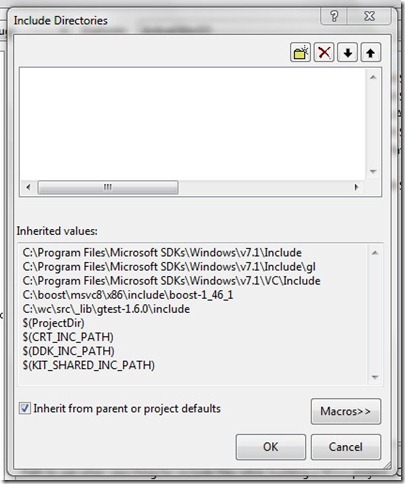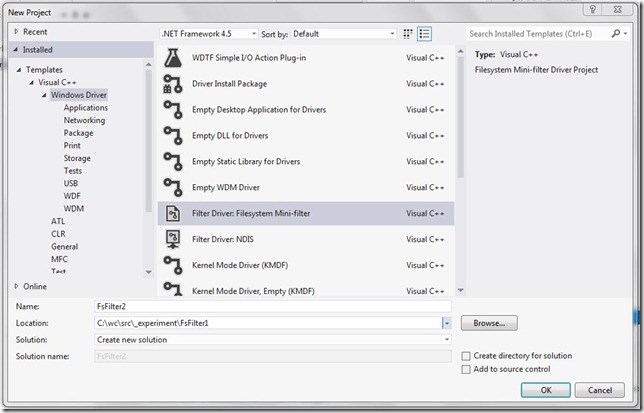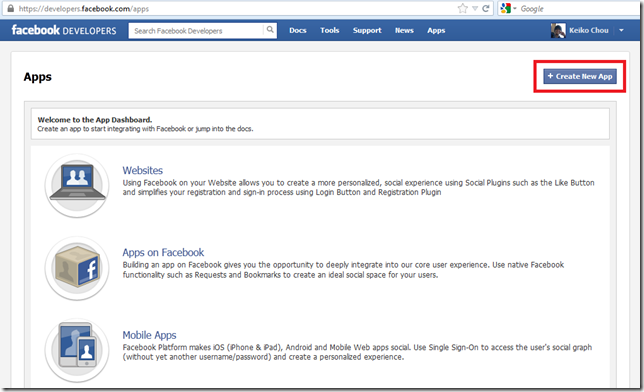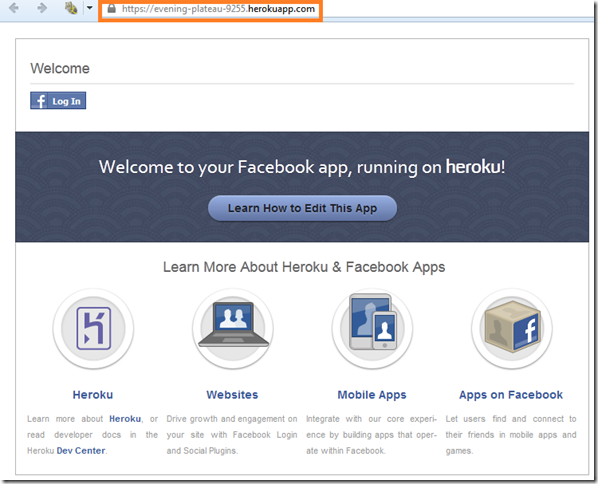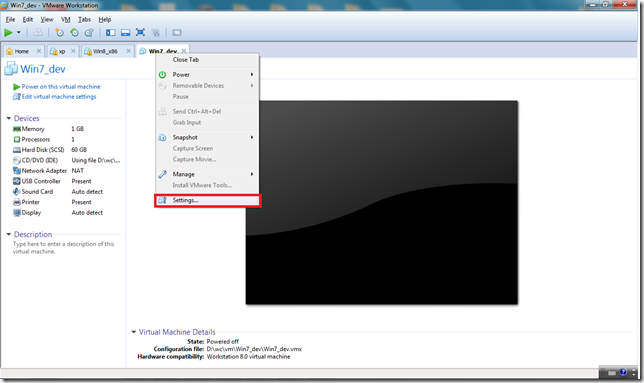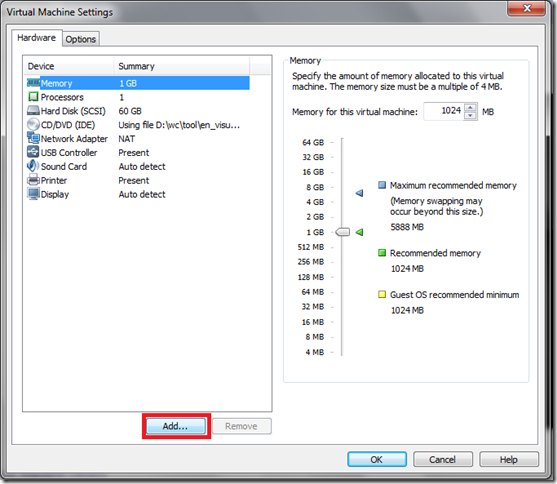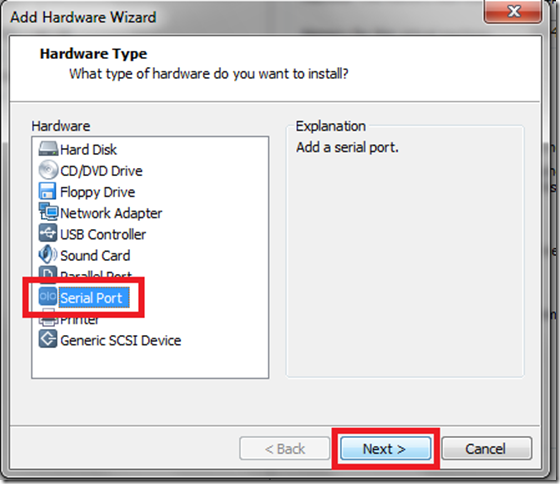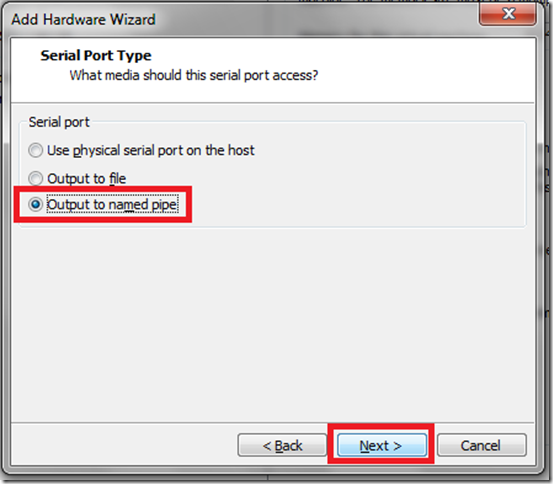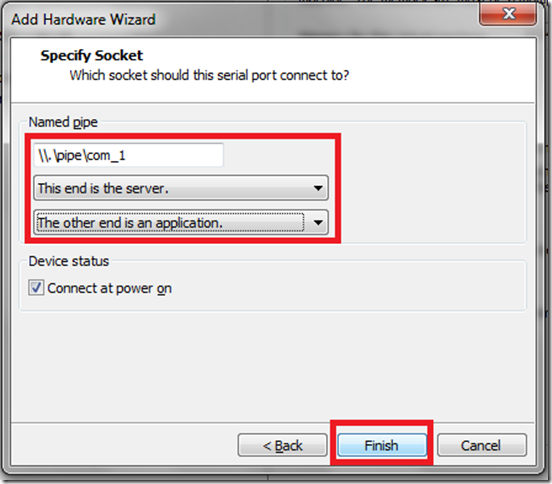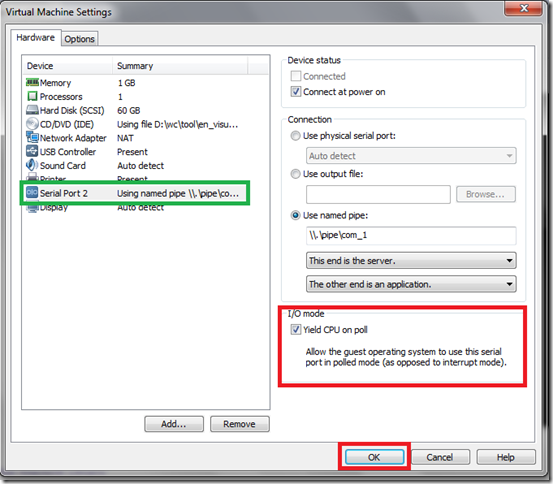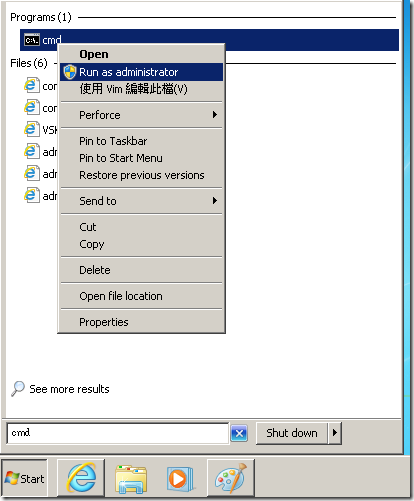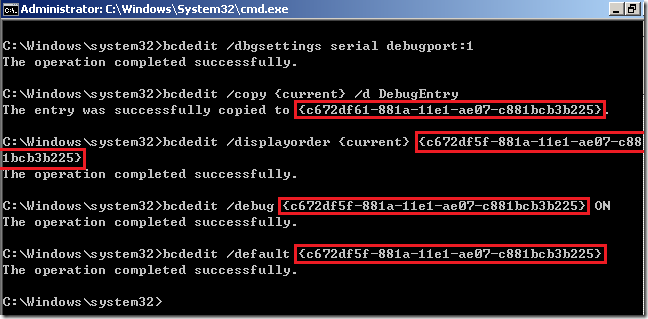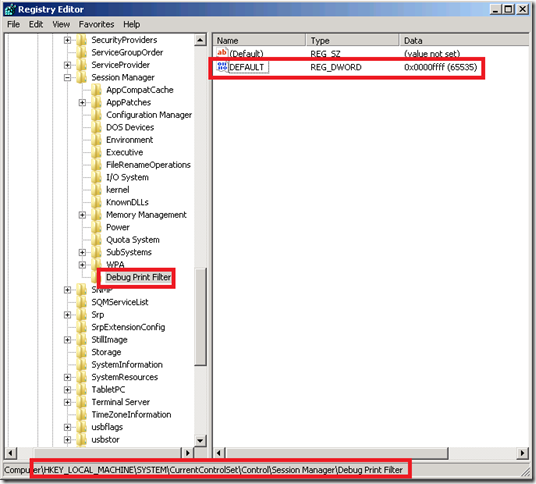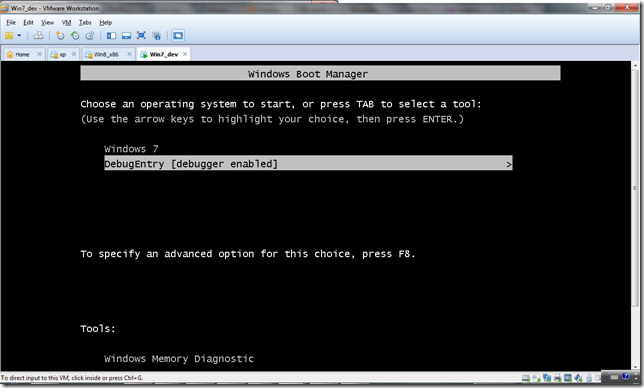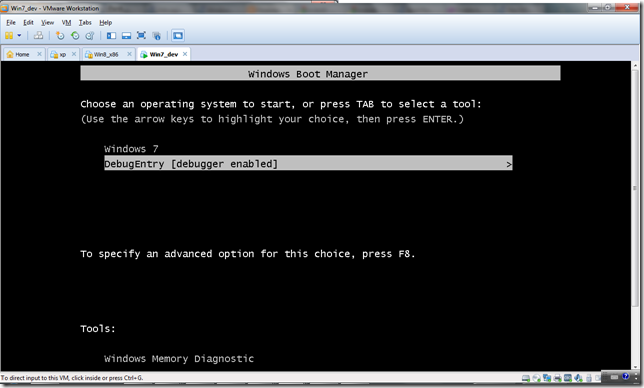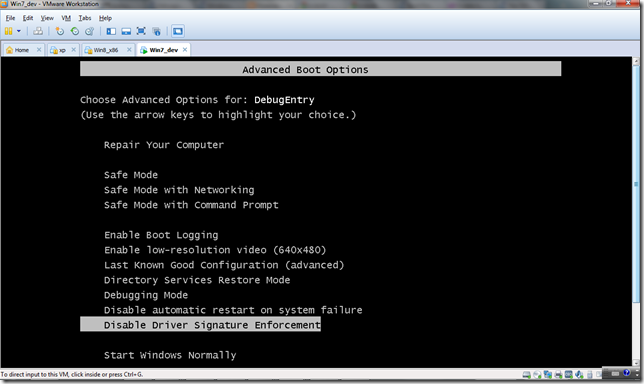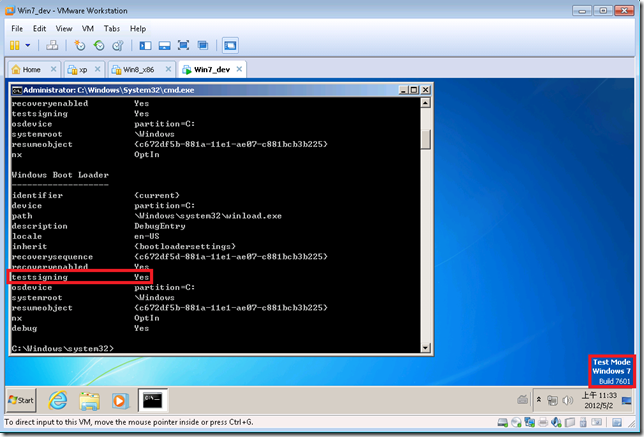前言
在 Visual C++ 裡頭,C++ Directories 定義了 Visual C++ 這個 IDE 要去哪些路徑下找尋 header files/library files/sources files ,在 2005/2008 裡頭,全域的設定可以在 Tools > Options > Projects and Solutions > VC++ Directories 下找到。
圖一、VC++ 2005 下的 VC++ Directories Dialog
這個 dialog 在 VC++ 2010 不復存在了,取而代之的是請使用者使用 property sheet 以及 per-project 的設定。
如果好奇為什麼做了這樣的更動,可以參考 [2] 的文章,主要是因為:
- 這樣全域的設定太過強大,當使用者有許多 projects 在同一台機器上 build 時,容易混淆出錯。
- 因為這個全域的設定檔,是存放在 %LOCALAPPDATA%\Microsoft\VisualStudio\8.0\VCComponents.dat (8.0 為 VC++ 2005,9.0 則是 2008) 這個檔案裡頭,而不是跟著每個專案檔。因此當使用者使用 source control system 時,不會把設定跟著同步到 server 上,check-out 的人也因此無法正確建置專案了。
- VCComponents.dat 是給 VCBuild.exe 讀的 INI 檔,而 VC++ 2010 開始改用 MSBuild.exe 來作為統一的 build utility [3] ,因此竟然要改,就連同格式一起換掉吧。
按編:這三個理由實在都很說不過去,不過既然這是 Visual C++ team 的決定,我們也只能接受了 :~
UI 變動
從 2010 之後,變動後的 VC++ Directories 不再放在 Tools > Options > Projects and Solutions > VC++ Directories ,而是以 per-project 方式存在,使用者可以:
- 對 project 按右鍵,選擇 properties > Configuration Properties > VC++ Directories
- 或是,從工具列:Project > <your-project-name> properties > Configuration Properties > VC++ Directories
選取 VC++ Directories 。
很快地,妳/你會發現,新的 dialog 跟原有的沒什麼差別,而實際上也是,只是現在的變更都是 per-project 的,不再對所有的專案有效,因此若是妳/你想將 Boost library 作為所有 VC++ project 都會使用的函式庫,就沒辦法從這裡完成;也或是,妳/你更新了 Boost 版本,每個已經使用 Boost 又想升級的 projects ,就得手動來更改。
檔案位置與格式變化
說完了使用上的變動,接著是檔案位置的更動,存放的位置從:
%LOCALAPPDATA%\Microsoft\VisualStudio\8.0\VCComponents.dat
換到了:
%LOCALAPPDATA%\Microsoft\MSBuild\v4.0\
下,並且以 Microsoft.Cpp.<Platform>.user 命名:
- Microsoft.Cpp.ARM.user
- Microsoft.Cpp.Itanium.user
- Microsoft.Cpp.Win32.user
- Microsoft.Cpp.x64.user
新的檔案格式稱作:Property sheet ,附檔名 props 。有了這個檔案,我們還是有機會可以做到 2005 & 2008 時的全域設定。先前提到了:為了迎接 MSBuild 的來臨,VC++ 將 INI 格式變成了 XML 格式,所以客製化上還是很簡單的,任選一個 platform 的檔案打開:
所以一種修改方式,就是直接用編輯器修改 XML ,看想修改哪些就可以改,值得一提的是,以往在 2005 & 2008 裡頭,路徑名不可以是 Visual C++ 裡頭的 Macro ,現在反倒是可以了,因為 IDE 是將檔案中的值讀入後才做解析。另外一種方式則是透過 Visual C++ 內建的 Property Manager 修改,我們放到下一節介紹。
Inherited Values
當 Visual C++ 將 property sheet 讀入後,會當做 Inherited values ,對於當前 project 來說,是不可編輯的,我們必須繞到 props 檔去,或是使用 property manager 編輯。property manager 可以從工具列 > View > Property Manager 找到:
叫起 Property Manager 後,可以看到目前 project configuration 所涵蓋的 platform 的設定。 Double click 後,可以看到跳出一個視窗,
跳出來的視窗長得很像 project properties ,不過仔細看會發現 Configuration 和 Platform 已經被鎖死成對應的 property sheet 檔所代表的設定,接著,直接編輯,然後存檔,這樣就完成了修改全域 property sheet 了。
VC++ 2010 & VC++2012
值得注意的是,property sheet 放在 MSBuild 的 local app data 下,而目前 2010 和 2012 所使用的 MSBuild 都是 4.0 [4],因此一旦我們修改了 property sheet ,可是會同時影響到 2010 跟 2012 的 ... Orz ...
Reference
- Inherited Properties and Property Sheets: http://blogs.msdn.com/b/vsproject/archive/2009/06/23/inherited-properties-and-property-sheets.aspx
- VC++ Directories: http://blogs.msdn.com/b/vsproject/archive/2009/07/07/vc-directories.aspx
- VCBuild vs. C++ MSBuild on the Command Line: http://blogs.msdn.com/b/vcblog/archive/2010/01/11/vcbuild-vs-c-msbuild-on-the-command-line.aspx
- MSBuild Toolset: http://msdn.microsoft.com/en-us/library/bb383796.aspx





